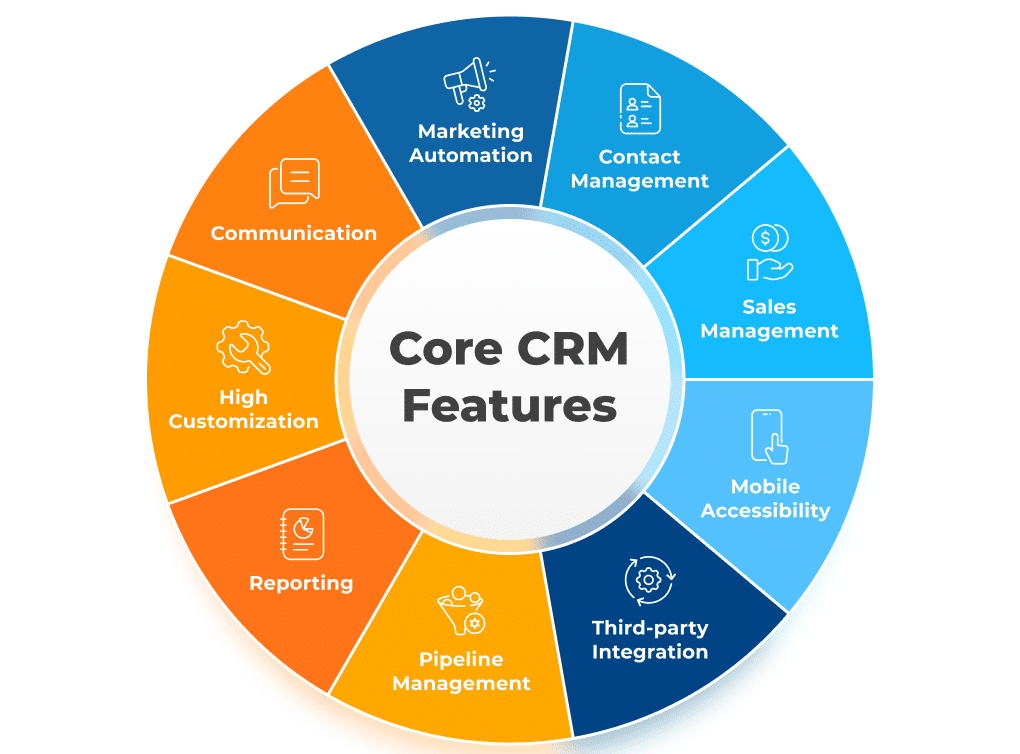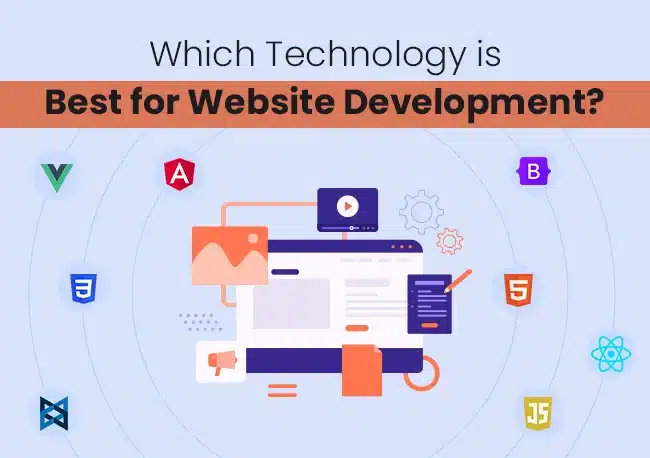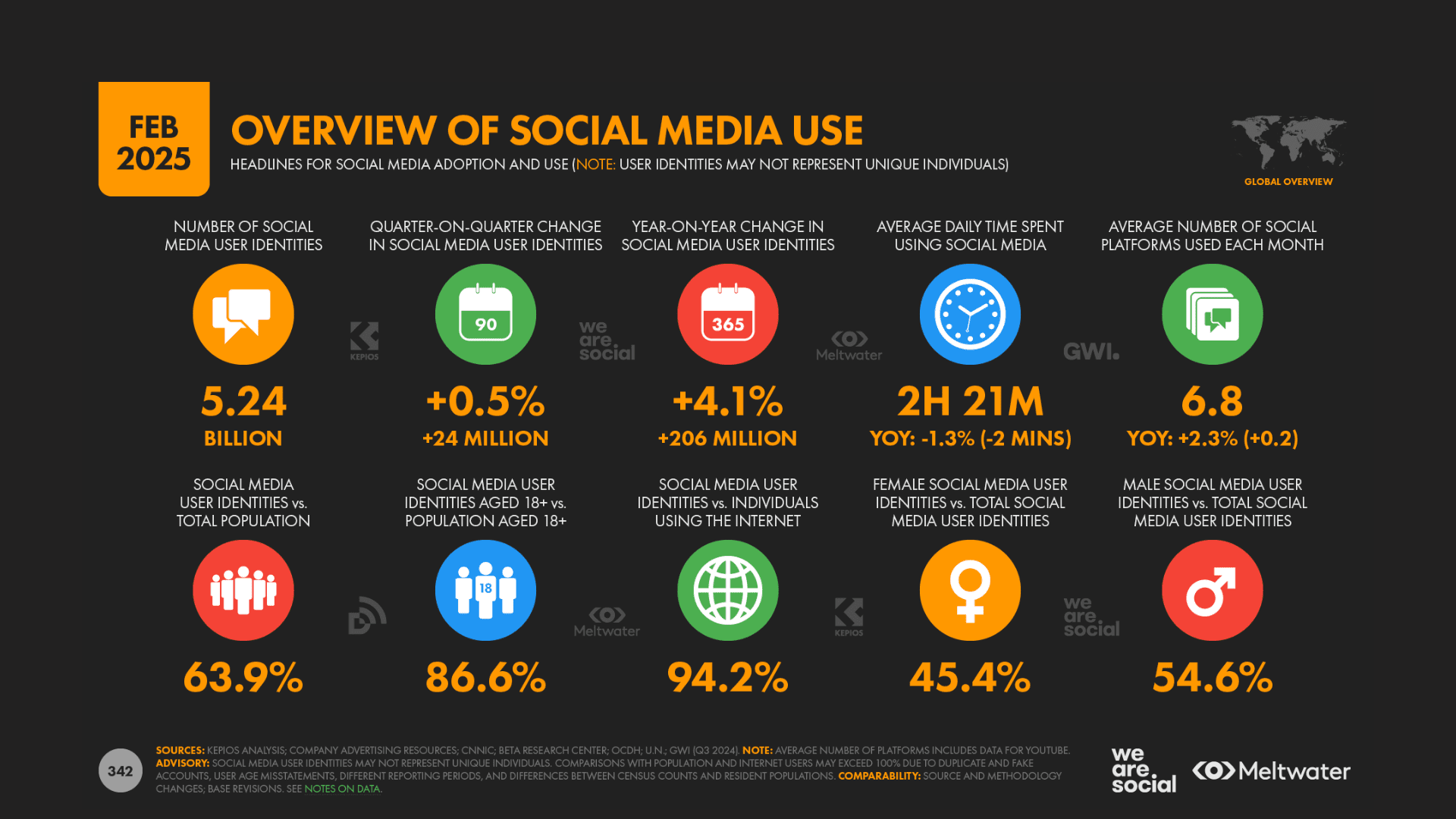Introduction
A well-planned corporate social media content strategy is essential for building brand awareness, engaging audiences, and driving business growth. In today’s digital age, businesses must leverage social platforms effectively to stay competitive.
This article provides a step-by-step guide on developing a corporate social media strategy, including best practices, key tools, and examples.
Why Your Business Needs a Social Media Content Strategy
A strong content strategy helps businesses:
- Maintain brand consistency
- Improve audience engagement
- Increase website traffic
- Generate leads and conversions
- Enhance customer relationships
Read more about Social Media Marketing Strategies
Step 1: Define Your Social Media Goals
Align your strategy with your business objectives. Common goals include:
- Increasing brand awareness
- Driving website traffic
- Generating leads
- Improving customer service
How to Set SMART Marketing Goals
Step 2: Identify Your Target Audience
Knowing your audience helps tailor content effectively. Consider factors such as:
- Demographics (age, gender, location)
- Interests and behaviors
- Preferred social platforms
Example: If your business is B2B, focus on LinkedIn and Twitter; for B2C, use Instagram, Facebook, and TikTok.
Step 3: Choose the Right Social Media Platforms
Each platform serves different purposes:
- LinkedIn – Best for B2B networking and thought leadership
- Instagram – Ideal for visual storytelling and brand engagement
- Facebook – Great for community building and customer service
- Twitter (X) – Effective for real-time engagement and brand updates
Step 4: Create High-Quality and Engaging Content
Your content should be:
- Valuable: Provide useful information
- Visually Appealing: Use images, videos, and infographics
- Consistent: Maintain a brand voice and posting schedule
Content Ideas:
- Blog posts and industry insights
- Customer testimonials
- Live Q&A sessions
- Behind-the-scenes content
- Product demonstrations
Canva: Design Social Media Graphics
Step 5: Develop a Content Calendar
A social media calendar helps organize posts and maintain consistency. Use tools like:
- Trello – Organize content workflow
- Hootsuite – Schedule posts across multiple platforms
- Google Sheets – Track post ideas and engagement
Best Social Media Scheduling Tools
Step 6: Leverage SEO for Social Media Content
Optimizing your social media content for SEO improves discoverability. Best practices include:
- Using relevant hashtags and keywords
- Adding meta descriptions to posts
- Including backlinks to your website
- Using ALT text for images
Learn Social Media SEO Best Practices
Step 7: Engage with Your Audience
Social media is about interaction, not just promotion. Strategies to boost engagement:
- Respond to comments and messages promptly
- Run polls and interactive stories
- Host live sessions and AMAs (Ask Me Anything)
- Collaborate with influencers and industry experts
How to Increase Social Media Engagement
Step 8: Analyze Performance and Adjust Strategy
Use analytics tools to track performance:
- Google Analytics – Track website traffic from social media
- Facebook Insights – Analyze page performance
- Twitter Analytics – Measure tweet engagement
- Instagram Insights – Check follower interactions
Best Social Media Analytics Tools
Conclusion
A well-executed corporate social media content strategy helps businesses grow their online presence, engage their audience, and drive conversions. By setting clear goals, selecting the right platforms, creating engaging content, and optimizing for SEO, your business can maximize social media success.
Ready to build your strategy? Start implementing these steps today and watch your brand thrive in the digital space!
Related Articles
- How to Create a Digital Marketing Strategy
- Social Media Trends to Watch in 2024
- Content Marketing Strategies for Businesses






